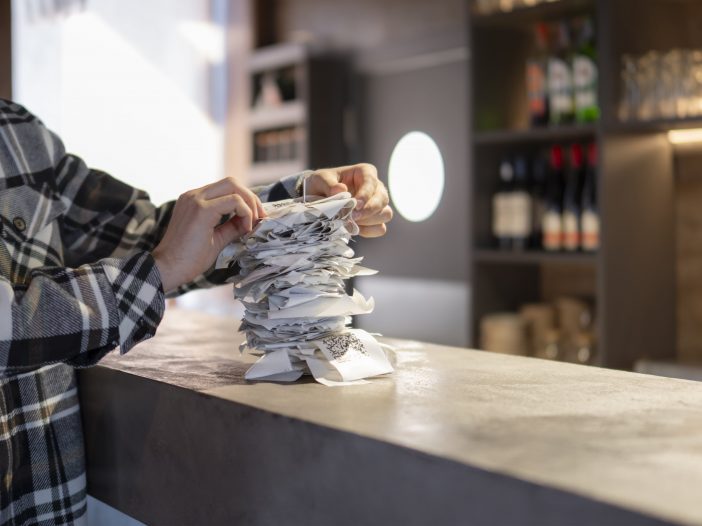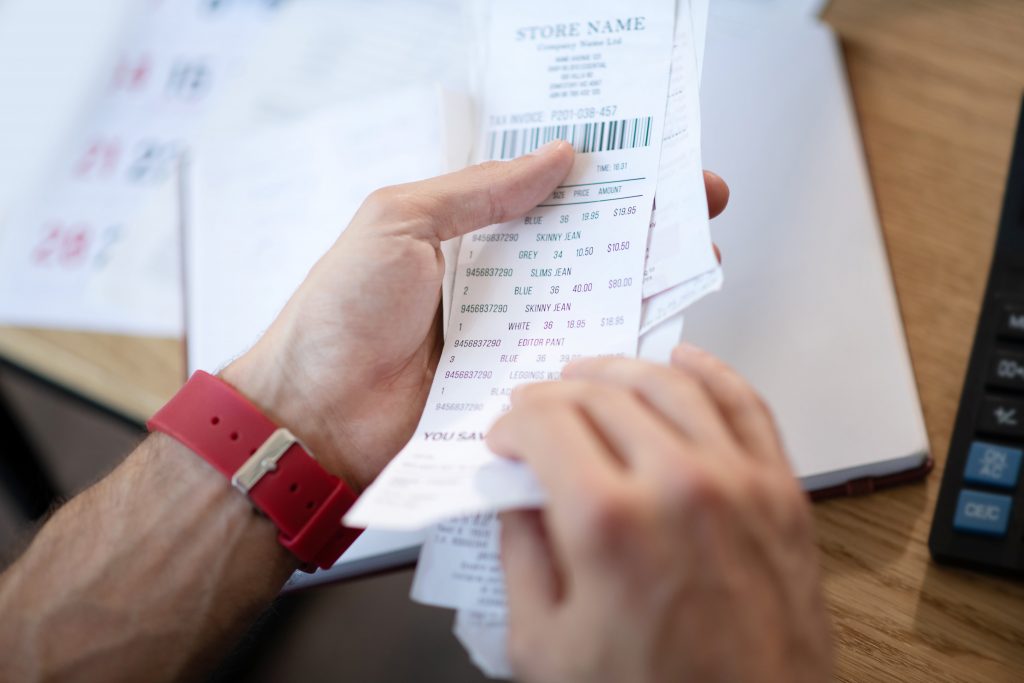
If you’ve ever seen a zinc restaurant receipt, maybe after a nice meal at a spot emphasizing nutritional benefits, you might have noticed a line that reads “open food.” Sounds odd, right? You’re not alone in wondering, “What does open food mean on a receipt?” Let’s clear that up and break down everything you might see on a zinc restaurant receipt. By the end, you’ll not only know what “open food” is, but you’ll also understand how receipts can show what you’re getting for your money and even some nutritional details.
Understanding the Zinc Restaurant Receipt
A zinc restaurant receipt is simply the itemized list you get after dining at a restaurant known for zinc-rich or health-oriented dishes. Maybe you’ve dined somewhere that’s all about highlighting the benefits of nutrients, like zinc, on the body, or a place that serves lots of oysters, meats, and whole grains—all zinc-rich foods. Now, restaurants with a health focus or unique items sometimes add notes or open fields on their receipts. That’s where things like “open food” show up.

Here’s the breakdown of what you might find on that kind of receipt:
- Itemized List of Dishes: From starters to mains and dessert, everything is listed so you know exactly what you’re paying for.
- Nutritional Info: Some receipts will include nutritional content next to items, especially if zinc is a big selling point. More restaurants are adopting this transparency.
- Open Food: An item or total listed as “open food,” which is essentially a catch-all for any customized item or special request.
So, What’s the Deal with “Open Food”?
The term “open food” might seem vague, but it has a pretty straightforward purpose. Here’s what it usually means:
- Custom Orders: Ever ask for a side that’s not on the menu? The kitchen might use “open food” to ring it up.
- Price Adjustments: Say you’ve requested an extra ingredient or change—chefs often charge this under “open food.”
- Specials or Off-Menu Items: Some places have secret menus or rotating specials, and if they’re not set up in the system, they’ll fall under “open food.”
- Changes for Dietary Preferences: Maybe you wanted something prepared in a way that doesn’t match the usual menu—your receipt shows “open food” to accommodate that.
In short, “open food” is the kitchen’s way of charging for anything that’s not standard or predictable on the menu. It’s a flexible line item, allowing you to get what you want without messing up the typical pricing structure. Not a bad deal if you think about it!
Why Health-Focused Restaurants Use Nutritional Receipts
If you’re dining at a restaurant that makes zinc a focus, like many wellness-oriented spots, your receipt might even give nutritional values for zinc or calories. This might sound unnecessary, but it’s often appreciated by people who care about what they’re eating. Here are some reasons why:
- Transparency for Health-Conscious Diners: People want to know what they’re eating. Zinc is crucial for immune function, so having zinc info on a receipt helps diners understand their intake.
- Enhanced Dining Experience: When you know the nutritional value of a meal, it feels like the restaurant is taking extra steps for you.
- Brand Differentiation: Not many places do this, so it sets certain restaurants apart as wellness-focused.
Most of us don’t need to check every nutrient, but zinc is interesting. It’s essential, and foods that are high in it—like seafood, meats, and nuts—also happen to be key players in many healthy diets. Plus, having transparency about what you’re paying for, down to the nutrients, can make the meal seem more valuable.
“Open Food” in Action: Examples from Real Restaurant
Here’s how some places might handle it:
- Scenario 1: The Seafood Special
Picture this: You order a seafood platter loaded with oysters, clams, and a side of veggies, but the restaurant doesn’t usually offer that combo. Instead of listing each item separately, they might add it as “open food” to reflect the meal as one custom order. The zinc value, if they show it, would be high since oysters are zinc-packed. - Scenario 2: Nutritional Add-On
Let’s say you wanted extra pumpkin seeds on your salad, which isn’t a typical option on the menu. These seeds are a fantastic zinc source, so they charge you under “open food” for the addition.
These kinds of customizations add a personal touch. And if you’re lucky enough to have nutritional values on your receipt, it’s a fun reminder of the health benefits you’re getting from those add-ons.
Key Stats: Zinc’s Role in Our Bodies (And Why It Matters on Your Plate)
Here are some quick facts on zinc to put it into perspective:
- Zinc’s Job in the Body: It’s a crucial mineral for immune health, wound healing, and cell production.
- Daily Recommended Intake: Around 11 mg for adult men and 8 mg for adult women. Too much can actually harm you, so balance is key.
- Deficiency Numbers: Roughly 2 billion people worldwide are at risk of zinc deficiency, with vegetarians and people in developing regions more at risk.
Given how many of us don’t get enough zinc, a zinc-focused meal—where the receipt even highlights this—adds some peace of mind.
FAQs
Is “open food” more expensive?
Not always. It depends on the customization. For simple changes, the price might be standard, but special requests could add to the cost.
Can I ask for more details on “open food”?
Yes, always feel free to ask your server. They can explain what the line covers and even break down individual components if needed.
Why would a restaurant show zinc content?
It’s all about wellness. With more people paying attention to nutrients, having zinc info on a receipt shows the restaurant’s commitment to transparency and health.
Final Thoughts
Dining out is meant to be fun, not a mystery. But let’s face it, it’s nice to know what you’re eating, especially if you care about things like zinc intake or if you’re trying to stick to a budget. So, the next time you see “open food” on a zinc restaurant receipt, remember: it’s there to make sure your custom orders, dietary needs, and even zinc values are accurately reflected.
Want to find more restaurants like these or tips on unique food items? Check out Laparizone for more insights. It’s a great resource to explore the best spots around with a health-conscious focus.
In short, dining out doesn’t have to be confusing. When you see an “open food” line item, now you know it’s just the restaurant’s way of saying, “We got you covered!” Enjoy the meal, enjoy the transparency, and don’t hesitate to ask questions—after all, it’s your receipt.









